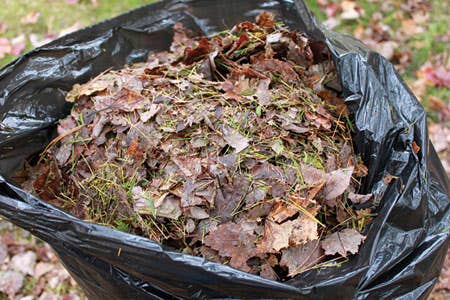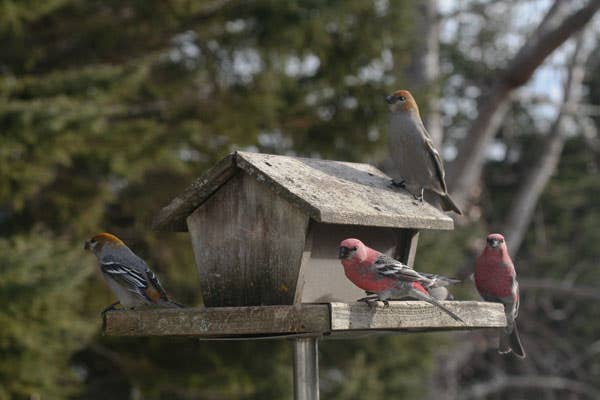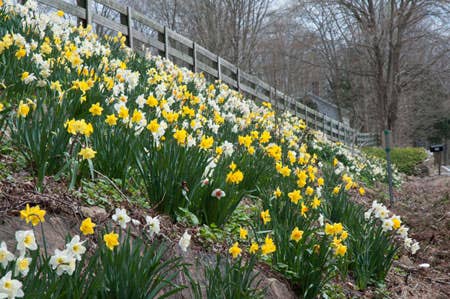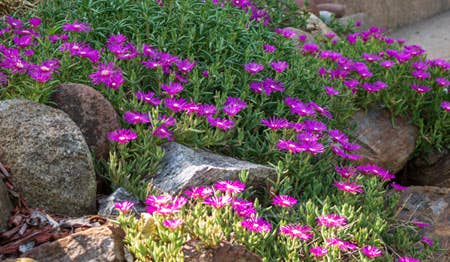Canna Pests, Pruning Dwarf Oleander, Propagating Oriental Poppies, Cold-Hardy Crape Myrtles
Some kind of insect has been feeding on the young growth of my cannas. The leaves are frayed, tattered, and shot full of holes. Some appear to be sealed together with webbing. What’s going on, and how can I control it?…
CANNAS
Some kind of insect has been feeding on the young growth of my cannas. The leaves are frayed, tattered, and shot full of holes. Some appear to be sealed together with webbing. What’s going on, and how can I control it? G.G., Durham, NC
Answer: The lesser canna leaf roller (Geshna cannalis) attacks cannas throughout the southeastern United States. The adult brown moths with one-inch wingspans emerge in March and April, and the females lay yellowish white eggs in small patches on the emerging foliage. When the tiny caterpillars hatch they tunnel into the canna leaves, with as many as six in a single rolled leaf. The larvae, which eventually grow to nearly an inch in length, have cream to greenish bodies and yellow heads. The caterpillars typically feed only on the upper surface of the leaf, but will sometimes bore through the furled leaf, creating a series of repeating holes when the leaf unfurls. To shelter themselves, however, the caterpillars often fasten the edges of leaves with silk to prevent them from unrolling, and older larvae can reroll older leaves and hold them closed with silk. When fully grown, the caterpillars pupate inside a filmy cocoon. There are usually two generations a year.
The easiest way to control the lesser canna leaf roller is with early applications of Bacillus thuringiensis (Bt). Direct the spray into the centers of furled leaves, where the caterpillars are feeding. Also, cleaning up and discarding aboveground portions of cannas after the first freeze will remove overwintering caterpillars.
DWARF OLEANDER
How do I prune dwarf oleander without interfering with its bloom? T.C., Royal Palm Beach, FL
Answer: Because oleander (Nerium oleander) produces clusters of flowers on the terminal ends of the current season’s growth, you should prune in the spring before bud-break. First remove any dead, damaged, or diseased wood. Then remove any crossing or rubbing branches. If your oleander has multiple trunks, you can remove some of the oldest ones by cutting them at the base. Dwarf oleander typically reaches a height of only six feet at maturity, but you can further restrict its height by thinning the upper limbs, cutting them back to lateral shoots. If your plant has been trained as a standard, with only a single trunk, you will need to remove any suckers that apear at ground level and thin out the canopy. With either form, head back the shoots that have flowered.
Because all parts of the oleander plant are poisonous, wear gloves when pruning and dispose of the trimmings separately. Do not burn them, as toxic fumes will be produced.
ORIENTAL POPPIES
I have a nice collection of Oriental poppies and would like to share them with my grandchildren. Is there a way that I can propagate them without too much disruption? A.T., Saratoga, NY
Answer: Oriental poppies (Papaver orientale) produce thick taproots that do not like being disturbed. However, you can propagate your poppies by waiting until they are fully dormant in midsummer. (At this point the foliage will have died, so you will need to mark the location of the crowns beforehand.) Rake away the soil from the crown to expose a few pencil-thick side roots. Cut these off cleanly with a knife and replace the soil. Do not remove more than a few roots from each crown.
Cut each root into two- to three-inch lengths and plant them horizontally in a flat containing moist sand or peat moss. Cover the flat with a layer of clear plastic to keep them moist and put the flat in a cool, shaded location. Callus tissue will form on the cut ends and roots and shoots will develop from adventitious buds along the roots. Several weeks after sprouting, transplant the young plants to a protected location.
CRAPE MYRTLES
Recently I was in Washington, D.C., and saw some attractive crape myrtles with reddish flaking bark trained as standards and growing in an exposed location, where they doubtlessly get the worst of Washington’s winters. Are there really crape myrtles hardy to USDA Zone 6? K.V., Lexington, KY
Answer: Crape myrtle is valued for its heat and drought tolerance, its showy panicles of bloom from June to September, and its attractive bark. Flower colors include white, pink, red, lavender, and purple. The cultivar you saw growing in Washington was probably ‘Natchez’, one of several hybrids between the Chinese Lagerstroemia indica and the Japanese L. fauriei, developed by Dr. Donald Egolf of the U.S. National Arboretum. The fauriei hybrids have ornamental bark and are resistant to powdery mildew. Preliminary findings indicate that ‘Natchez’ is top-hardy only to Zone 7, but root-hardy to Zone 6. Because crape myrtles bloom on new wood, even plants that die back every winter will flower.







